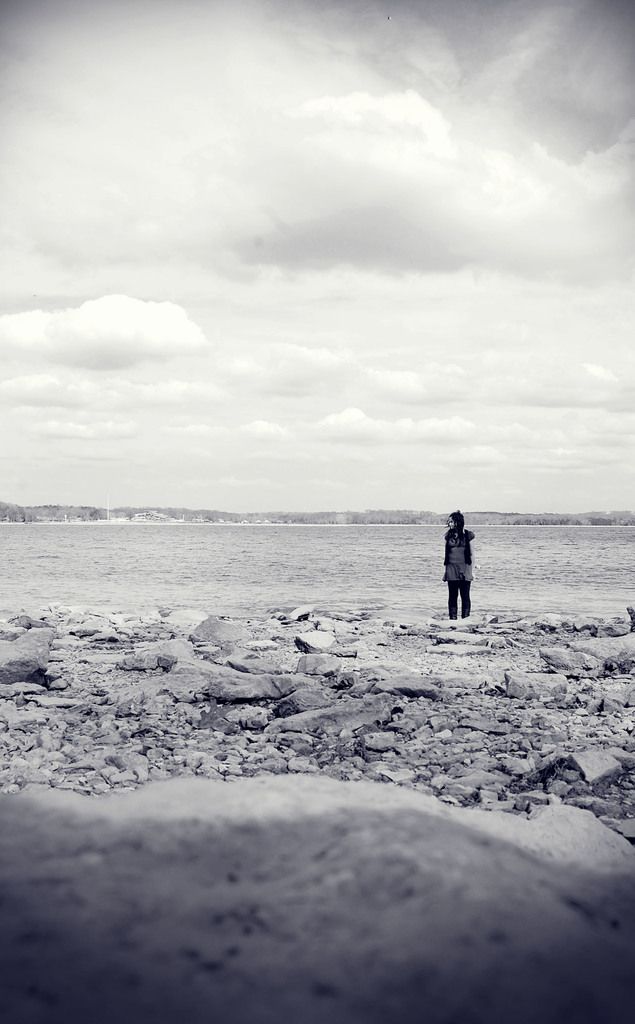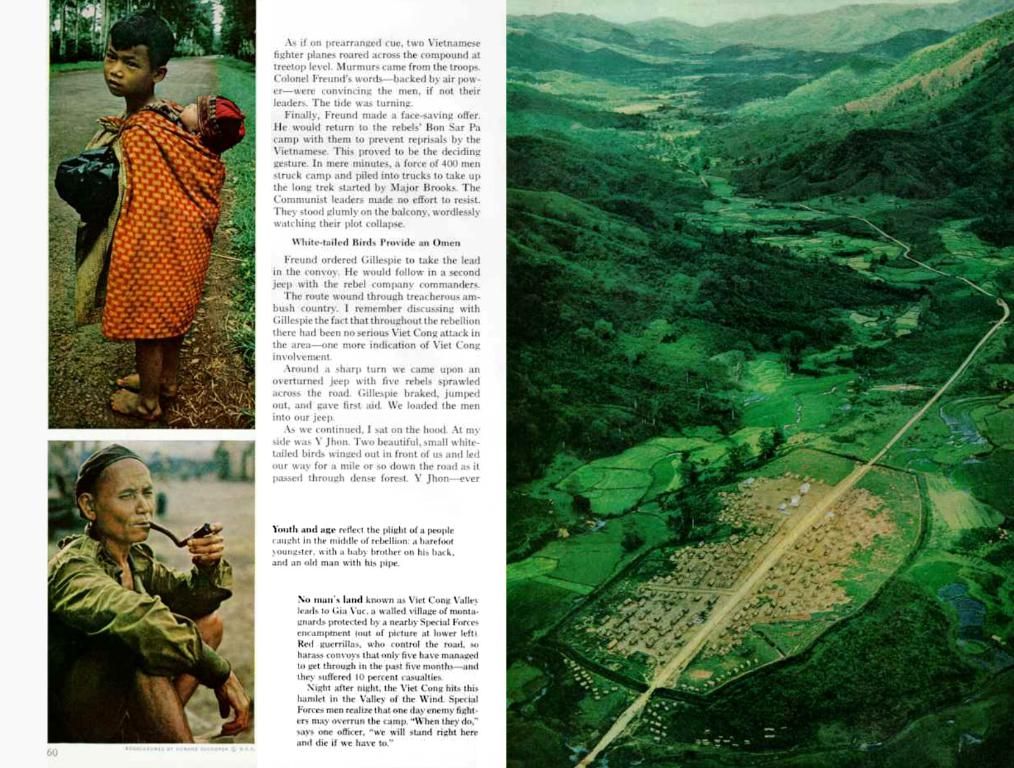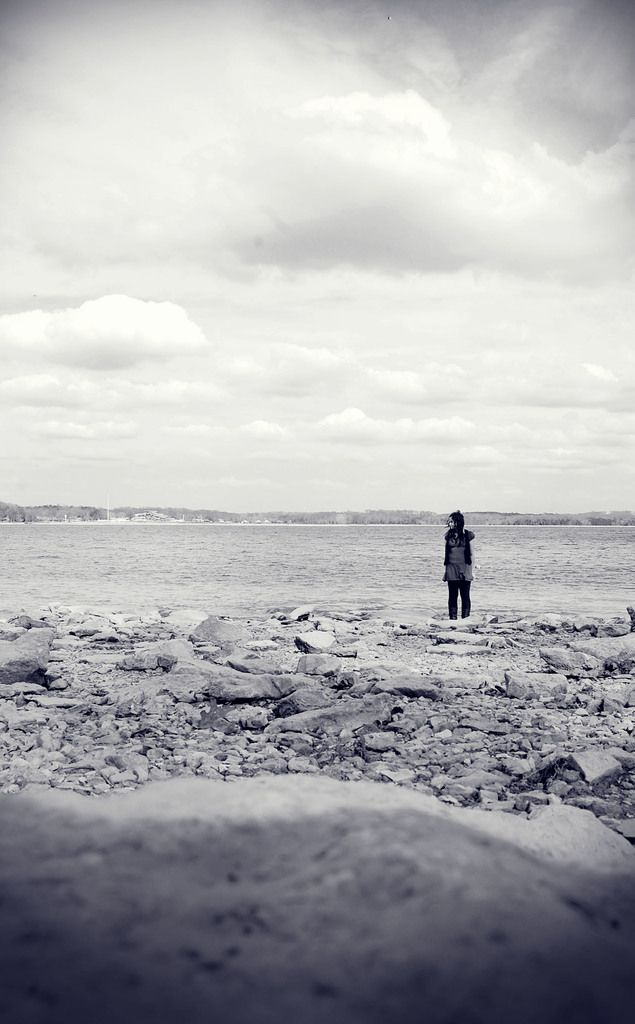The Fundamental Design Workflow for Crafting a Product
In the lively world of product design, the creative journey serves as the heart and soul of innovation and practical solutions. This crucial process transforms abstract concepts into tangible masterpieces that captivate users and dominate competitive markets. The creative process in product design transcends aesthetics; it encompasses an intricate, multi-step endeavor that delves into understanding user needs, market trends, and technological possibilities.
We'll journey through various stages of this process, uncovering secrets that will enhance your design approach and results of your very own design creations.
Setting the Product Compass: The Product Vision
Crafting a compelling product vision is a critical initial step. It outlines what the product entails, identifies its target audience, and highlights its unique value proposition. A powerful product vision acts as a beacon, guiding design choices and innovation directions throughout the development cycle.
Forge a captivating product vision by conducting diligent market research, identifying potential gaps, and flexing your empathy muscles to understand your target audience. Engage with key stakeholders to align on business goals and user needs. Your vision should be aspirational yet attainable, balancing creativity with practicality.
Reconnaissance: Market Research
Thorough market research is the cornerstone of the creative process in product design. Delve into the competitive landscape, uncover market trends, and identify unmet needs within your target audience. Effective market research incorporates a mix of quantitative data, such as market size and growth potential, and qualitative insights from potential users through surveys and focus groups.
Use this wealth of information to tailor your creative strategy, aligning your product with existing market conditions while making a strikingstatement as you stand out. Don't forget to analyze competitors to learn from their successes and maybe deduce what gaps your product could fill.
Brainwave Showers: Ideation and Brainstorming
Ideation and brainstorming sessions are vital ingredients in the creative process of product design. It's all about generating countless ideas, all without constraints, to foster imagination and innovation. During these sessions, let your team's creative juices flow freely and encourage everyone to contribute diverse solutions.
Use mind-mapping, sketching, and rapid prototyping techniques to visualize ideas and unlock new avenues of creativity. By the end of this stage, aim to sift through the flood of ideas to identify the most promising and revolutionary options that align with project goals.
Getting Focused: Setting Design Objectives
Clearly defining design objectives is an essential stage in the creative process of product design. These objectives transform your broad vision into specific, measurable, manageable, and time-bound goals that guide the design process. Effective objectives help maintain focus, ensuring that every design decision pushes you closer to your ultimate product's success.
Formulate objectives by identifying key performance indicators (KPIs) that are in harmony with business objectives. Examples include enhancing usability, increasing aesthetic appeal, or integrating advanced technologies. Prioritize objectives based on their importance to user experience and their contribution to the bottom line.
Sketching the Masterpiece: Design and Conceptualization
Following in-depth research, crafting the tangible manifestation of your ideas begins. Sketching is where you convert the abstract insights gained from research into visual representations, unlocking the true potential of your creativity. Utilize various tools, from traditional pencil and paper to digital tools that create more refined visuals, like 3D models and digital renderings.
These tools facilitate swift collaboration and make it simpler to share and seek feedback on your ideas, fostering a creative and iterative process.
Prototypes: A Hands-On Approach
Testing prototypes is a pivotal element in the creative process of product design. These physical or digital models allow you to test and evaluate product functionality, aesthetics, and usability in real-world conditions, making it possible to iterate and improve the design.
Create prototypes often and early to avoid making costly mistakes in later stages. Prototyping encourages experimentation and innovation, giving you the leeway to explore more inventive design solutions before finalizing the design.
Empathy Over Everything: User-Centric Design
Embodying a user-centric approach is the ticket to creating products that not only meet but exceed user expectations. This approach focuses on understanding users' needs, behaviors, and experiences, which, in turn, guides all design decisions and innovations.
Implement a user-centric approach by conducting thorough user research, creating user personas, and journey maps. Designing with the user in mind means crafting products that are not only practical and reliable but also delightful to use. Don't forget to gather continuous feedback and iterate based on your findings.
Let's Get Visual and Interactive: Visual and Interaction Design
Visual and interaction design are essential elements in the creative process of product design. These aspects shape how users perceive and interact with your product. Visual design encompasses aesthetics and user-friendly interfaces, while interaction design ensures that the product is intuitive and responsive to user actions.
Focusing on visual and interaction design enhances the usability and desirability of your product, making it more appealing and enjoyable to use. Incorporate colors, typography, and imagery that cater to your brand and target audience. Make sure the interaction design delivers a seamless experience, fostering user satisfaction and brand recognition.
The Fine Print: Technical Specifications
The creation of technical specifications is a critical step in the creative process of product design. These comprehensive and detailed docs outline everything needed for manufacturing, such as materials, dimensions, tolerances, and assembly instructions. Adhering to industry standards and environmental regulations is also vital.
Crafting precise technical specifications bridges the gap between the conceptual design and the physical product, ensuring your creative vision comes to life without compromise.
Wrapping It All Up: Packaging Design
Packaging design is a crucial part of the product design process, shaping the initial impression users have of your product. Effective packaging design captures your brand's essence and appeals to your target audience.
Incorporating sustainable materials, creative shapes, appealing colors, and efficient typography will not only protect the product during shipping but also captivate customers on store shelves.
In conclusion, navigating through the stages of the creative process in product design is an intricate and multi-faceted adventure that requires a deep understanding of your target audience and technological possibilities. By meticulously traversing these stages, you'll craft products that are innovative, customer-centric, and successful in the competitive market. Keep refining your process and never stop learning—your creativity has no boundaries.
Ensuring the technological feasibility of your product is essential throughout the creative process. Incorporate research on cutting-edge technologies, materials, and manufacturing techniques to ensure the designs are not only innovative but also viable to produce.
The technological facet of product design extends beyond practicality; it enables you to integrate emerging technologies into your designs, transforming your product into a remarkable, forward-thinking masterpiece that captivates both users and industry observers.




